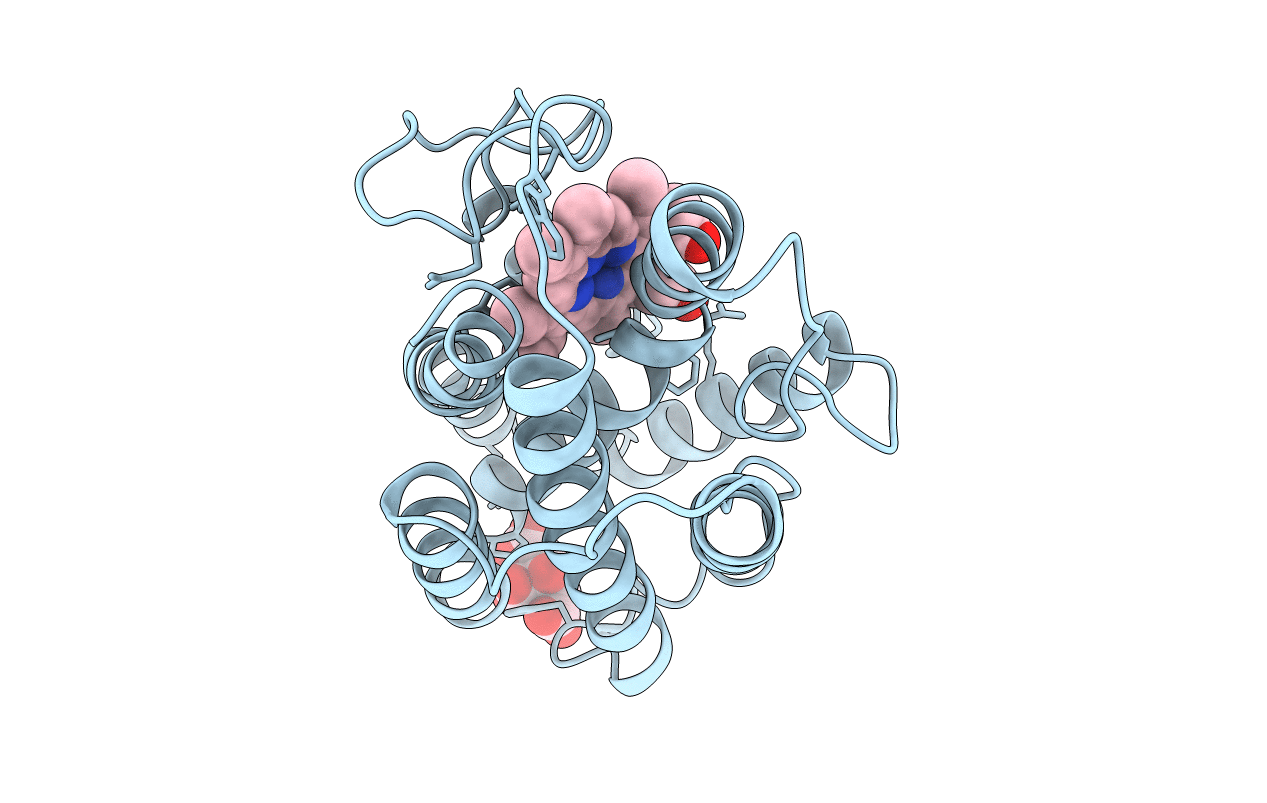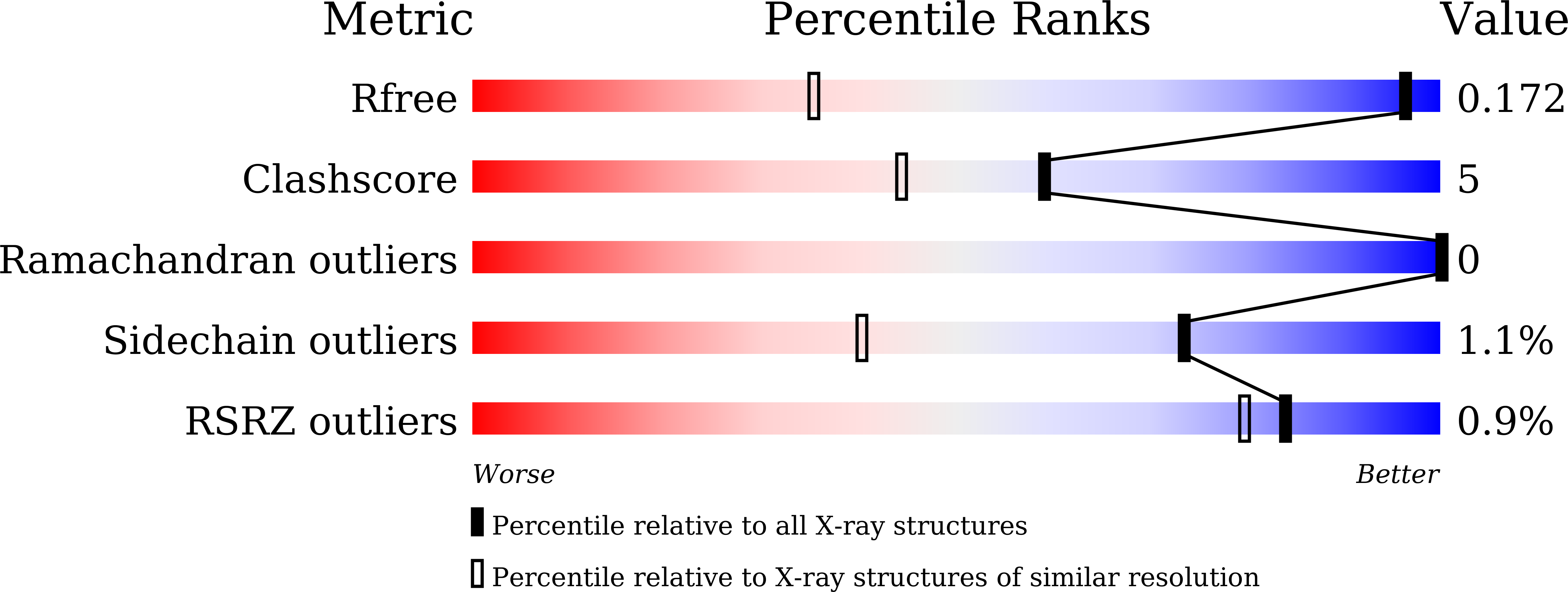
Deposition Date
2020-07-16
Release Date
2020-12-30
Last Version Date
2024-03-27
Entry Detail
PDB ID:
7CKA
Keywords:
Title:
The structure of Glycine max (Soybean) Heme oxygenase 1
Biological Source:
Source Organism:
Glycine max (Taxon ID: 3847)
Host Organism:
Method Details:
Experimental Method:
Resolution:
1.06 Å
R-Value Free:
0.17
R-Value Work:
0.15
Space Group:
P 1 21 1


